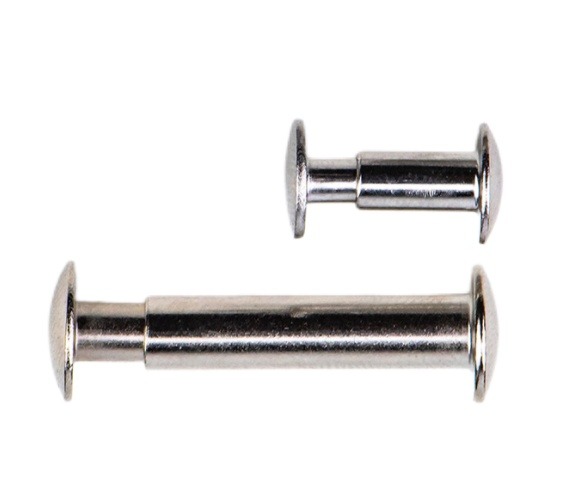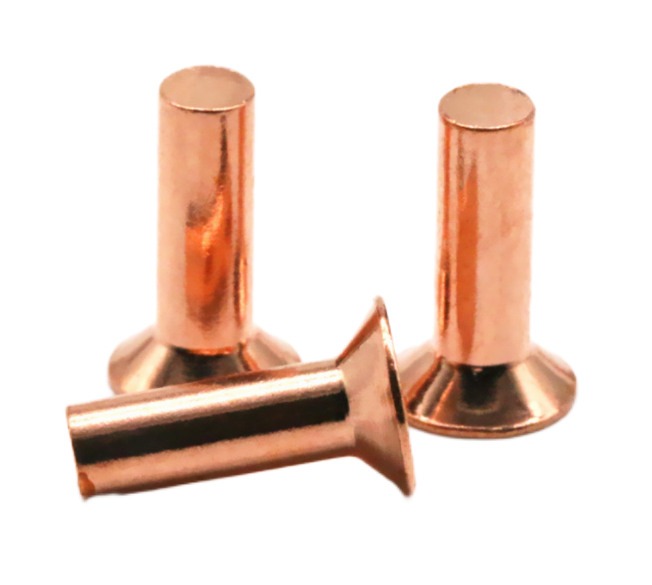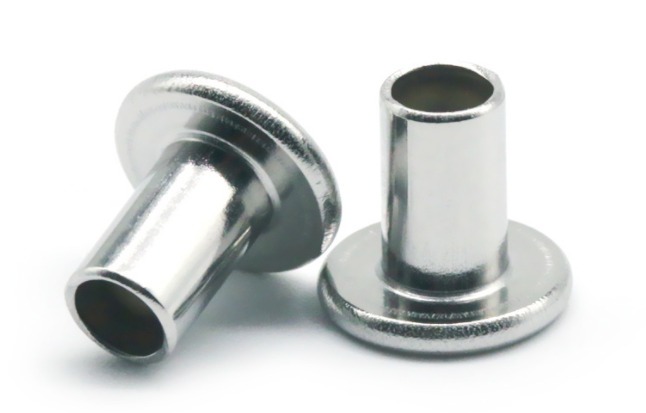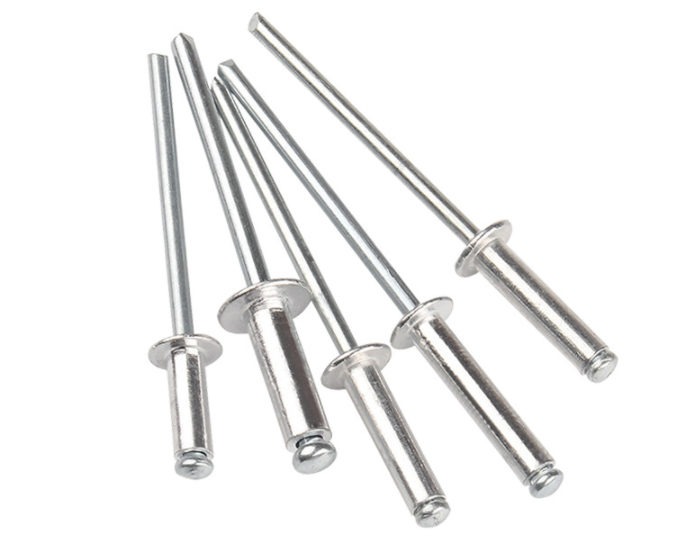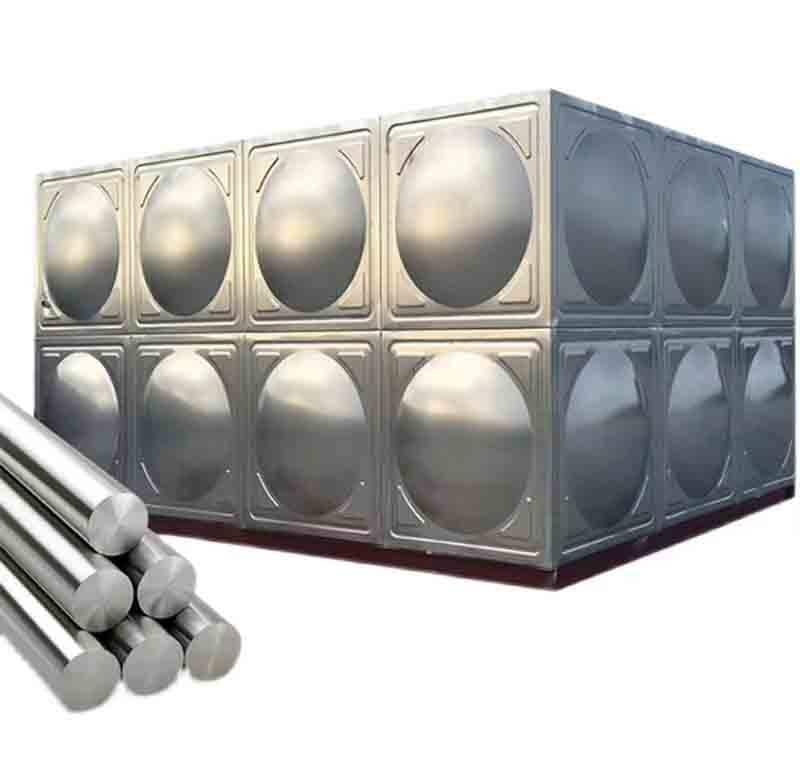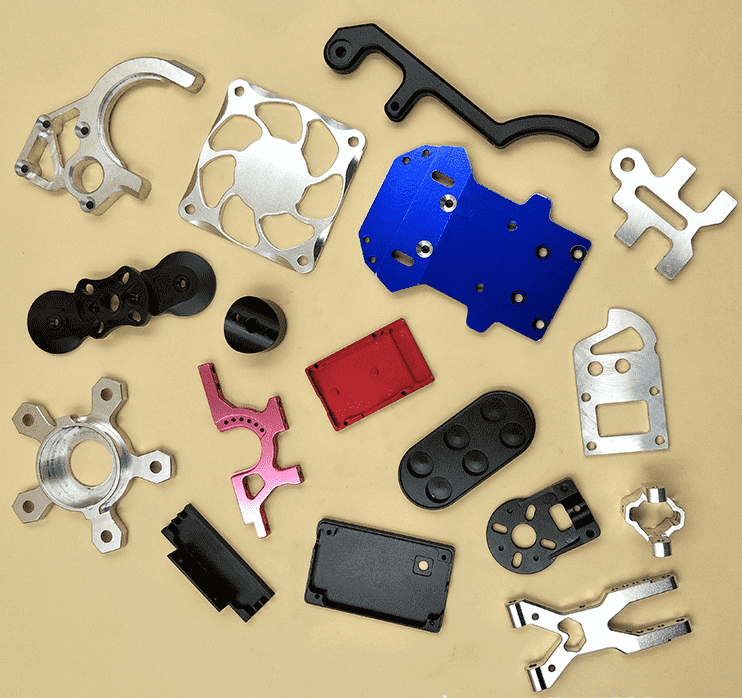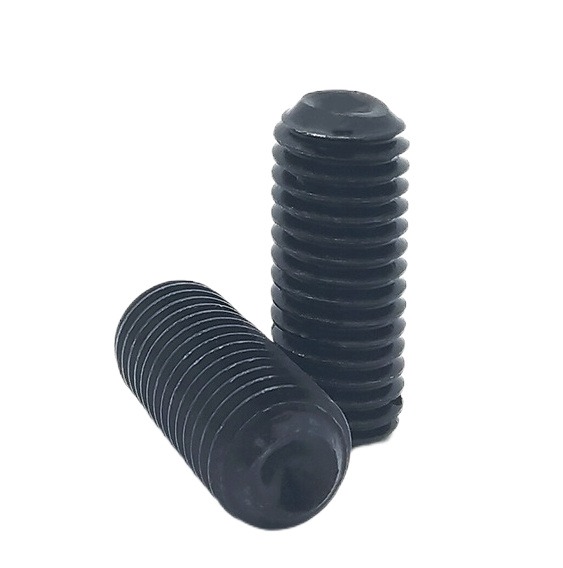Aluminum Rivets vs Stainless Steel Rivets
What are aluminum rivets and stainless steel rivets
The rivet is a nail for a part (or component) with a cap at one end. In riveting, the riveted parts are connected by their own deformation or interference. There are many kinds of materials for rivets. Common rivets are generally iron rivets. In addition, there are aluminum rivets, stainless steel rivets, alloy rivets, nylon rivets and other materials. Among them, aluminum rivets and stainless steel rivets are frequently used. There are certain differences between stainless steel rivets and aluminum rivets in terms of material, performance, use, and price etc.
Compared with the rivets of the two materials, stainless steel rivets have better performance and are suitable for fastening strength. Large workpieces, but stainless steel rivets cannot be used when the riveted workpiece is made of aluminum plates and other materials. Therefore, we need to choose suitable rivets according to the actual use and the riveted workpiece. Let’s take a look at the differences between stainless steel rivets and aluminum rivets.
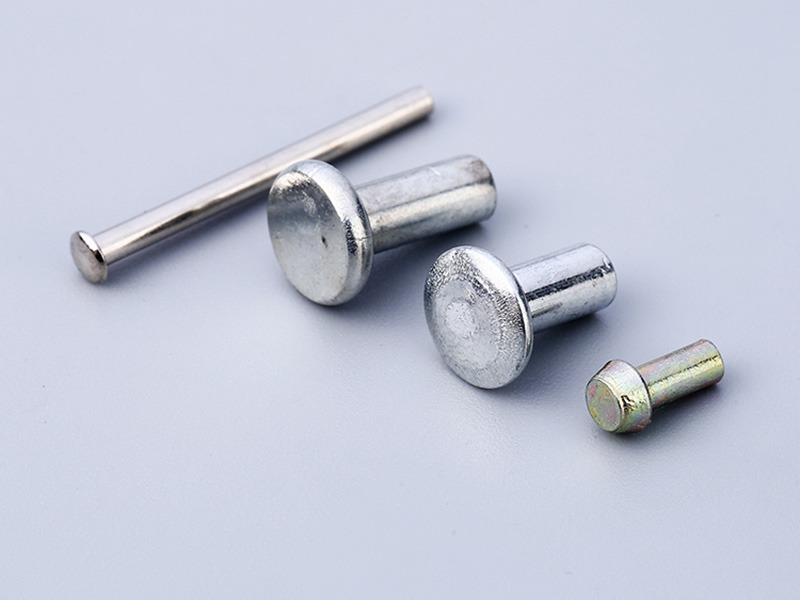
The differences between aluminum rivets and stainless steel rivets
Different materials
Stainless steel rivets are made of stainless steel, and aluminum rivets are made of aluminum. In addition to all-aluminum rivets and all-stainless steel rivets, there are also aluminum-steel rivets, aluminum stainless steel, etc.
Different performance
Compared with stainless steel rivets, aluminum rivets have greater tensile and shear resistance than aluminum rivets because the hardness of stainless steel is higher than that of aluminum.
Different usage
Stainless steel rivets are more suitable for workpieces with high fastening strength, while aluminum rivets are mainly used for civilian workpieces.
Different price
The production cost of stainless steel rivets is higher than that of aluminum rivets, so stainless steel rivets are generally more expensive than aluminum rivets of the same specification.
How to choose aluminum rivets or stainless steel rivets
Aluminum rivets and stainless steel rivets, as two commonly used rivets, have their own advantages for different purposes, so we just choose the proper one is ok.
Choosing aluminum rivets
In the aviation field, aluminum rivets are widely used. On the fuselage of the aircraft, many forms of rivet connection can be seen. At the same time, aluminum rivets can also be seen on the shells of door and window manufacturing and equipment manufacturing in daily furniture decoration. The following are the cases of choosing solid rivets and blind rivets.
Solid rivets: Because aluminum is relatively soft and has good compression and tensile properties at room temperature, solid press rivets are often made of aluminum or aluminum alloys. The commonly used materials for solid rivets are aluminum rivets, which can be directly riveted at room temperature without be preheated and softened in advance like steel rivets, and can be used for the connection of non-structural parts or structural parts with small loads. Solid rivets are widely used in knives, stationery account books, locks, helmets, automotive hardware, luggage, baby carriages, automotive clutch steel plates, motorcycle parts and household appliances, etc.
Blind rivets: Aluminum 5050 and 5056 blind rivets are the most common riveting fasteners in our daily life. Open type blind rivets outside. The form of blind rivets also includes closed blind rivets for connection with waterproof and airtight requirements, and structural rivets in which the nail core remains in the nail body to enhance its shear resistance after the riveting operation is completed.
In addition, when the material of the riveted workpiece is aluminum plate, stainless steel rivets cannot be used, because stainless steel and aluminum will react chemically and accelerate corrosion. At this time, aluminum rivets should be selected.
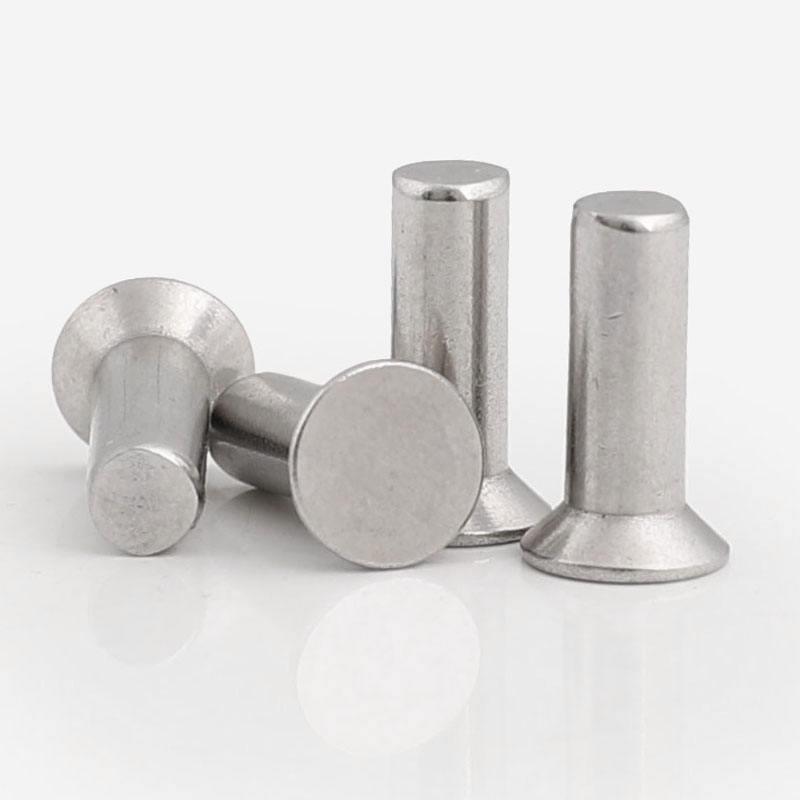
Choosing stainless steel rivets
Stainless steel rivets have good fixing performance and are mainly used for fastening workpieces with high strength. Different types of rivets need to be selected according to different components.
Half-round head stainless steel rivets: mainly used for riveting places with relatively large lateral loads.
Flat cone head products: Because the nail head is hypertrophy and resistant to corrosion, it is often used in riveting places with strong corrosion such as ship hulls and boiler water tanks.
Flat-head stainless steel rivets: used for riveting with ordinary loads.
Flat head, oblate head products: mainly used for riveting of metal sheets or non-metallic materials such as leather, canvas, and wood. The large flat head products are mainly used for riveting of non-metallic materials.
Semi-hollow product: that is, the cylindrical part of the stainless steel rivet is processed-sinking, and it is mainly used for riveting place.
As an expert in fastener manufacturing, KENENG can produce many types of rivets. It can also be customized according to the drawings provided by customers. We are proficient in rivets of various standards and sizes. If you need or are uncertain about the type of rivet you need, please contact us. KENENG is happy to solve the problem for you.

